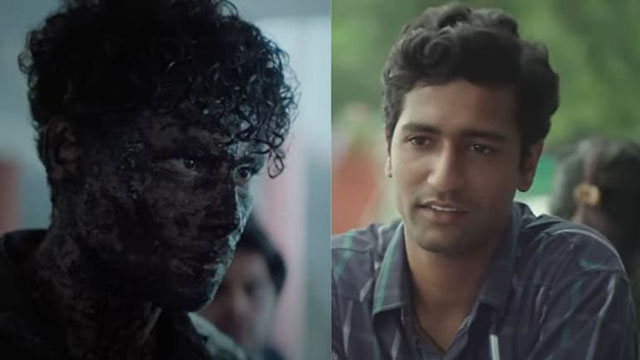Daijiworld Media Network – Mumbai
Mumbai, July 18: For decades, Bollywood's protagonists paraded surnames that echoed dominance—Malhotra, Sharma, Singh, Verma—rarely reflecting the realities of caste and identity that exist beyond the silver screen. But tides are turning. With the rise of filmmakers and writers from the Dalit community, cinema is slowly shedding its upper-caste lens and stepping into more inclusive narratives.
The upcoming film Dhadak 2, slated for release on August 1, has stirred conversations with its bold representation of caste identity. The protagonist Neelesh, played by Siddhant Chaturvedi, is unmistakably portrayed as a Dalit youth, even though his surname is never explicitly mentioned. In one striking visual, he is drenched in blue paint, a symbolic colour of Dalit resistance, paired with a blue scarf—a quiet but powerful assertion of his identity.

Unlike older portrayals that kept caste under wraps, Dhadak 2 dares to bring it to the fore. As Neelesh grapples with the oppressive structures of society, his relationship with Vidhi, an upper-caste woman played by Triptii Dimri, evolves into a collective fight for justice and dignity. The narrative challenges not just societal norms, but also long-held cinematic stereotypes.
This is not the first time Bollywood has explored Dalit consciousness. Films like Masaan, Kaala, and Newton have earlier laid the groundwork:
• Masaan offered a sensitive portrayal of a young man navigating the intersections of love, loss, and caste.
• Newton, with Rajkummar Rao in the lead, tackled the vulnerabilities of a government clerk conducting elections in a Naxal-dominated tribal belt, subtly hinting at institutional inequities.
• Kaala, led by superstar Rajinikanth, was a fierce Dalit assertion wrapped in the visual language of rebellion and colour.
These films, often lauded at festivals but underrepresented in the mainstream, are finally finding their voice in theatres—and now, in popular conversation.
As Dhadak 2 gears up for release, it is not just a love story—it’s a mirror to the caste realities that millions face. And in doing so, it marks another step in cinema’s long-overdue reckoning with caste identity—not as a footnote, but as the central narrative.